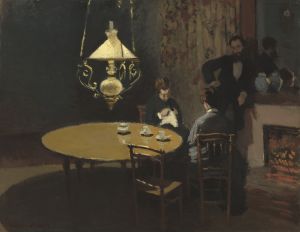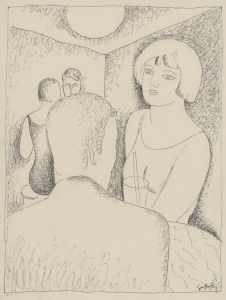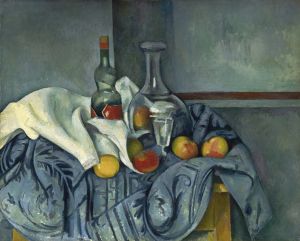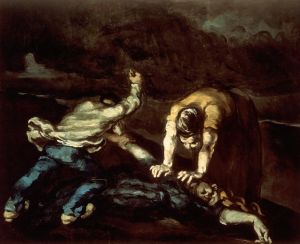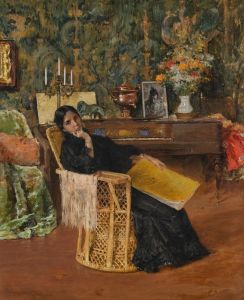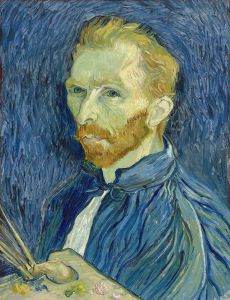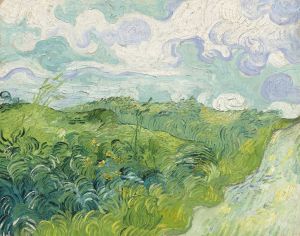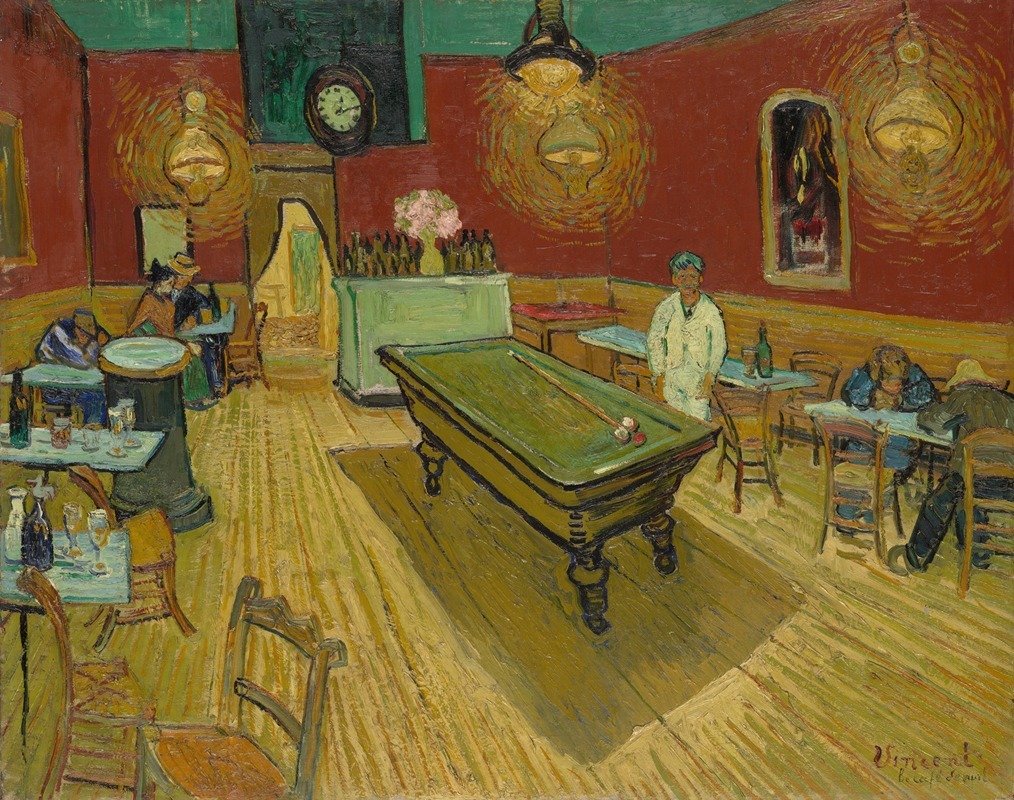
Le café de nuit
A hand-painted replica of Vincent van Gogh’s masterpiece Le café de nuit, meticulously crafted by professional artists to capture the true essence of the original. Each piece is created with museum-quality canvas and rare mineral pigments, carefully painted by experienced artists with delicate brushstrokes and rich, layered colors to perfectly recreate the texture of the original artwork. Unlike machine-printed reproductions, this hand-painted version brings the painting to life, infused with the artist’s emotions and skill in every stroke. Whether for personal collection or home decoration, it instantly elevates the artistic atmosphere of any space.
"Le café de nuit" (The Night Café) is an oil painting created by the Dutch artist Vincent van Gogh in September 1888. The painting is one of Van Gogh's most famous works and is housed in the Yale University Art Gallery in New Haven, Connecticut.
Van Gogh painted "Le café de nuit" during his stay in Arles, France, a period marked by intense productivity and the creation of many of his most renowned works. The painting depicts the interior of the Café de l'Alcazar, a local establishment in Arles that Van Gogh frequented. The café was known for being open all night, and Van Gogh sought to capture the atmosphere of the place during the late hours.
The composition of "Le café de nuit" is notable for its use of bold colors and expressive brushwork, which are characteristic of Van Gogh's style. The painting features a room with a pool table in the center, surrounded by empty chairs and tables. The walls are painted in a deep red, and the ceiling is a vibrant green, creating a striking contrast. The floor is depicted in a swirling pattern of yellow and brown, adding to the sense of movement and energy in the scene. The room is lit by gas lamps, which cast a yellow glow over the interior.
Van Gogh's use of color in "Le café de nuit" is particularly significant. He employed contrasting colors to evoke emotions and convey the mood of the setting. The red and green tones are intended to create a sense of unease and tension, reflecting the café's atmosphere as a place of both refuge and despair. Van Gogh himself described the painting in a letter to his brother Theo, stating that he wanted to express the "terrible passions of humanity" through the use of color.
The figures in the painting, though not the central focus, add to the narrative of the scene. They are depicted in various states of repose and contemplation, suggesting a sense of isolation and introspection. This aligns with Van Gogh's intention to portray the café as a place where people could escape from the outside world, yet remain trapped in their own thoughts and emotions.
"Le café de nuit" is often analyzed in the context of Van Gogh's broader body of work and his exploration of themes such as loneliness, the human condition, and the interplay between light and darkness. The painting is a testament to Van Gogh's ability to convey complex emotions through his distinctive use of color and form.
Throughout his life, Van Gogh struggled with mental health issues, and his time in Arles was both prolific and tumultuous. Despite these challenges, he produced some of his most enduring works during this period, including "Le café de nuit." The painting remains a powerful example of his artistic vision and continues to be celebrated for its emotional depth and innovative use of color.





